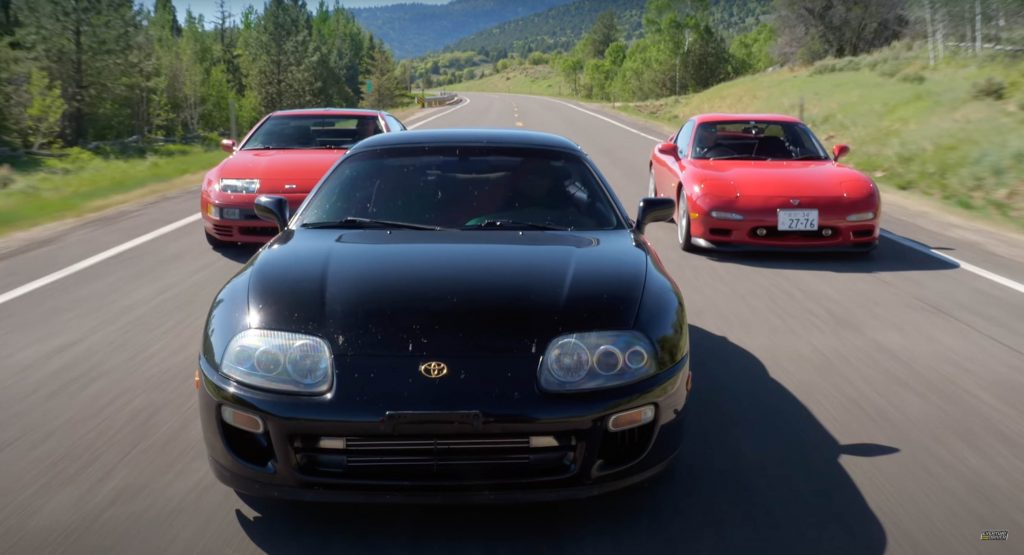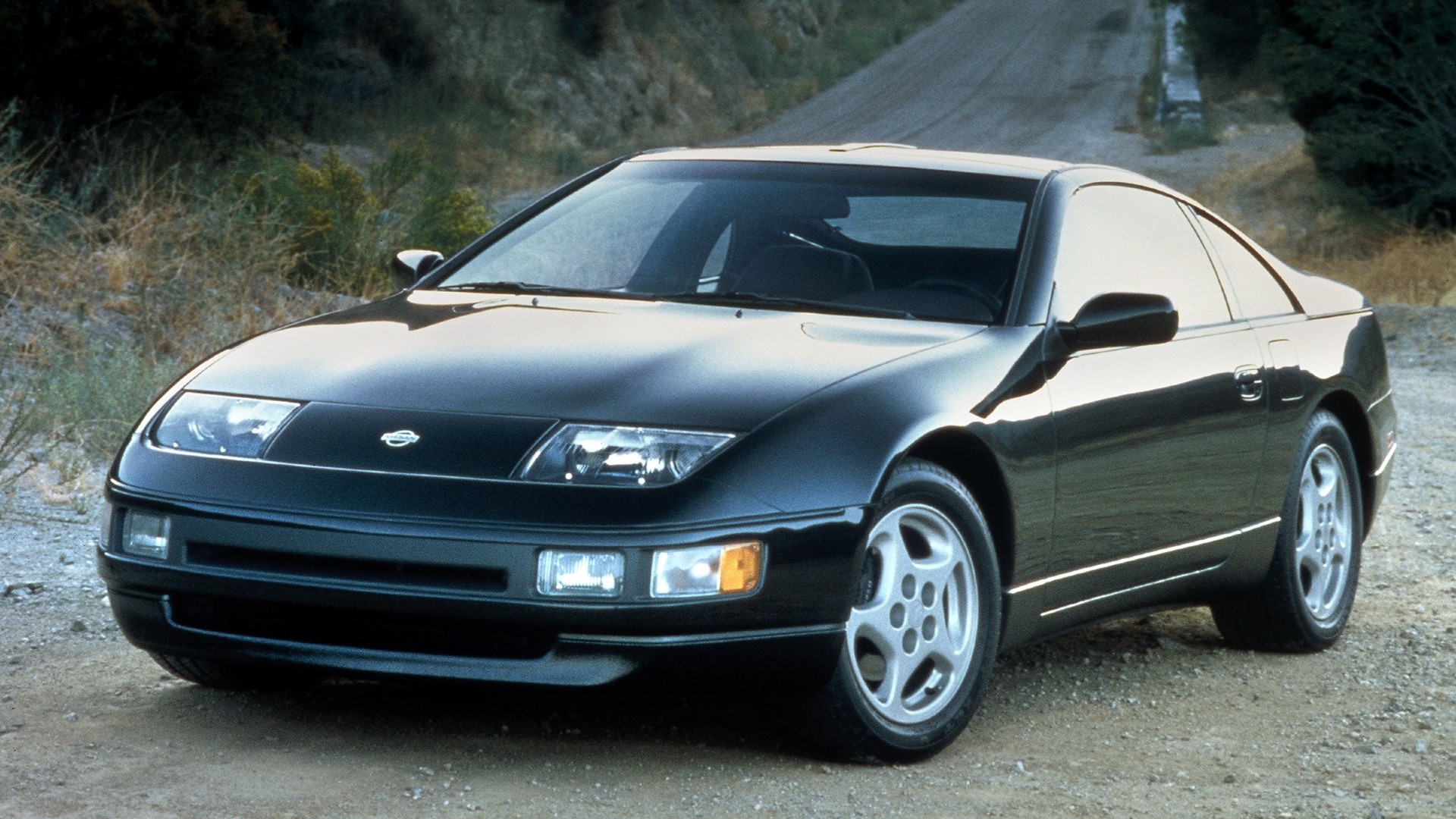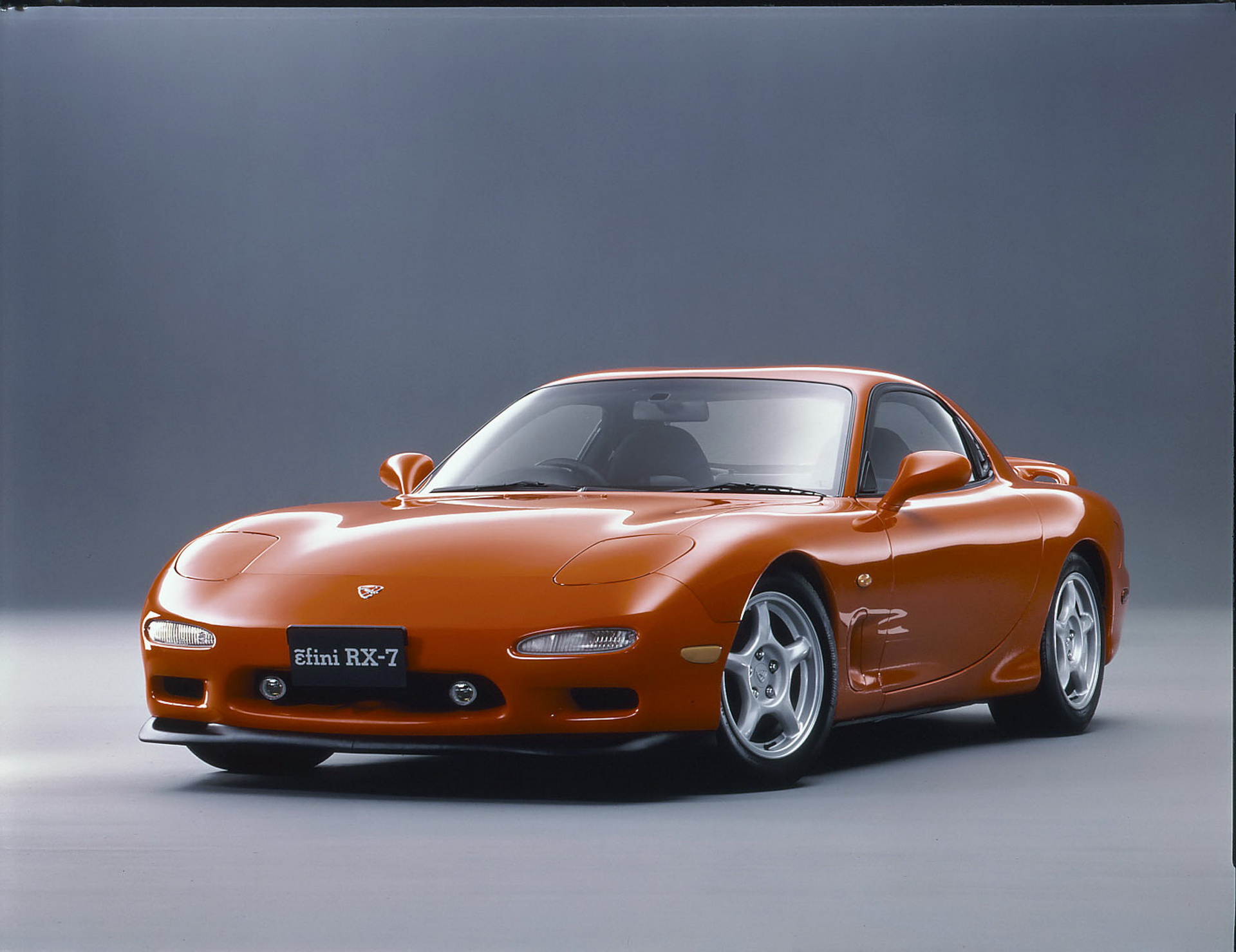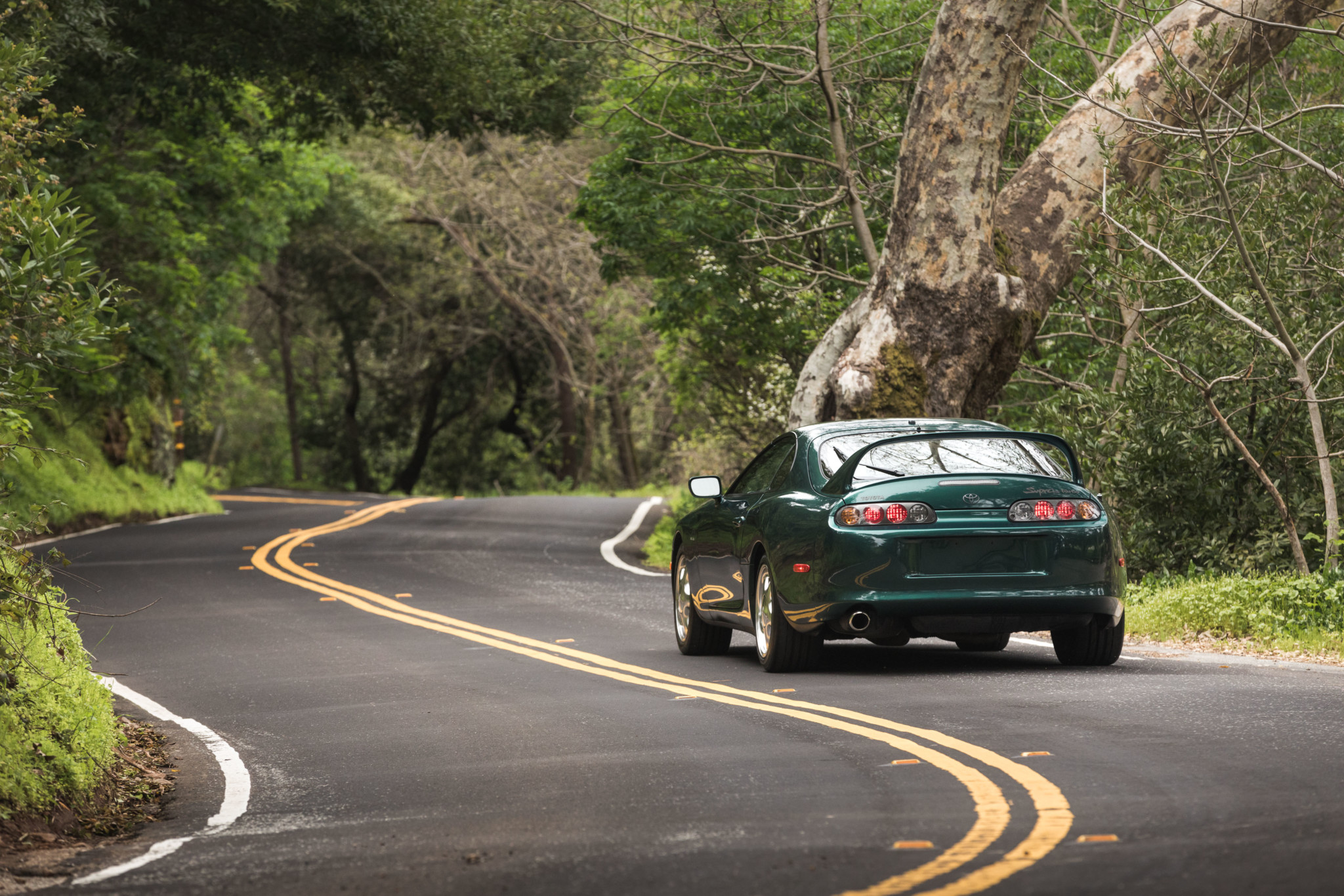It might be hard for some of us to believe, but the ’90s are now over three decades behind us, which means that Japanese sportscars like the trio featured here are beginning to rise in price and desirability.
While die-hard tuners were already aware of the potential these cars possessed, their real fame (especially in the case of the 2JZ-equipped Supra) came after the world saw them in the Fast and the Furious movies. While the ’90s sports car trend saw a lot of names, a very few of them stood out quite like the ones on EverydayDriver’s latest “90s Legends Compared” video.
Even though the Skyline became Nissan’s ultimate halo car, the company was no stranger to building beautiful and unique sportscars that captured the essence of their creativity. The 300ZX was a perfect example of this. The car looked like nothing else of its time, and its design is still appreciated close to 40 years later.
Read: QOTD: Which Nissan Z Generation Is Your Favorite?
So Nissan did an excellent job with the design of the 300ZX but sat next to the Mazda, the third-generation RX7 gives it a run for its money — if nothing else, its pop-up headlights and curvy bodywork ought to put a smile on your face. The interior? Two plus two (for non-American market cars anyway), although that might not be the best idea. Still, it very much inherits that classic ’90s simplicity.
As for the Supra, well, as Tod Deekan says in the video below, you can’t talk about ’90s legends without mentioning the Supra. The design is very different from the other two: dominating headlights up front, a giant wing in the back, those iconic rear lights, and an interior designed to make the driver feel like they were sitting inside the cockpit of a fighter jet.
Nissan’s 300ZX lays on power courtesy of a twin-turbocharged V6 that produced just under 300 hp. Designed to dominate the magazine test metric that was the slalom, the 300ZX also comes with a “High Capacity Actively Controlled Suspension” (HICAS) system, which was an early version of rear-wheel-steering that’s gaining popularity today. While you might think that this little trick would do wonders around a corner, Deekan mentions that the car isn’t actually very good at figuring out when to do this and ends up giving you a sudden bit of oversteer. For that reason, most owners end up disconnecting the system.
Ironically, the best-sounding engine also happens to be the smallest. Mazda didn’t see the need for excess amounts of cc. For them, their 1.3-liter twin-rotor Wankel rotary engine paired with a sequential turbo system worked perfectly for the RX-7. Now, you’ve probably heard about some reliability issues, and the woes of chewing through spark plugs and apex seals are true enough. But, what the RX-7 loses in reliability is quickly gained in the form of charisma.
See: This Has Got Out Of Hand: $300k For A ’93 Toyota Supra!
Back to the Supra. Yes, it looks fantastic, and its responsiveness and feedback will surely put a smile on your face if you were to ever be behind the wheel of one, but what exactly gives this car its legendary status? Three very important syllables: 2JZ. The Supra came with a 3.0-liter sequentially-turbocharged inline-six dubbed the 2JZ-GTE,, which was (and still is) a tuner’s delight thanks to its reliability and potential for big power.
But even though it’s the darling of the Internet’s comment section, neither Todd Deeken nor Paul Schmucker gives the Supra the win. Watch the full video from the EverdayDriver channel below to find out why.







